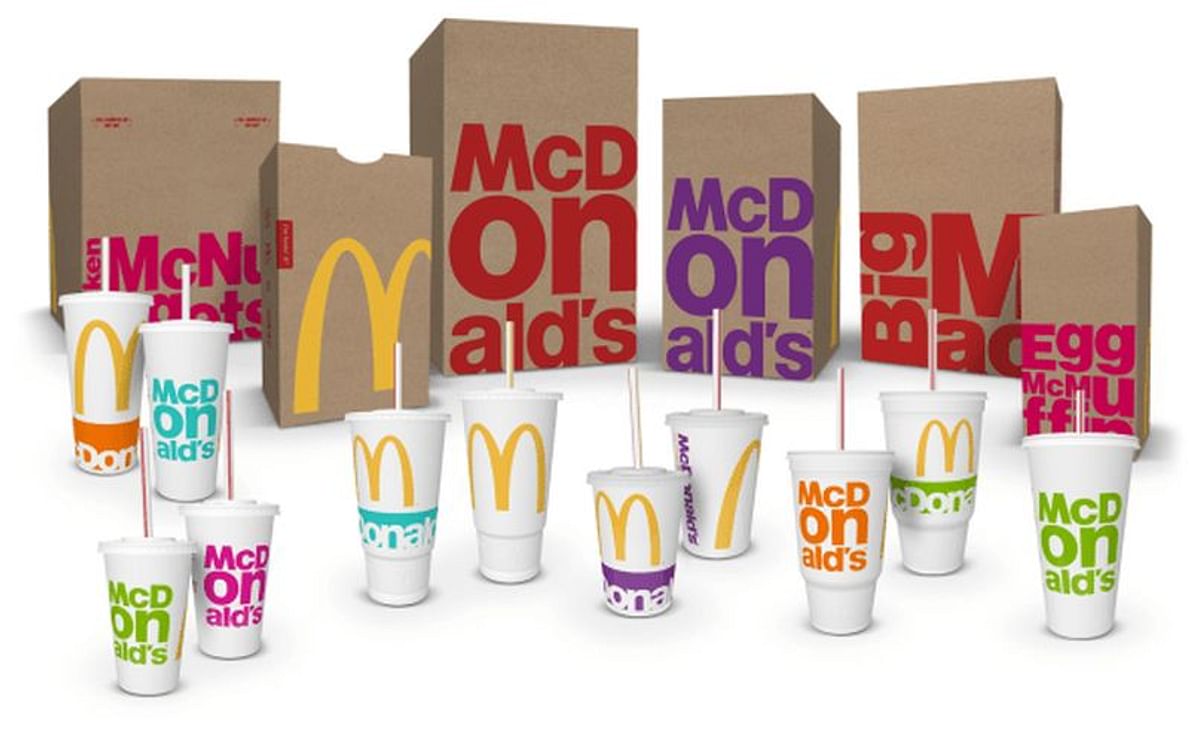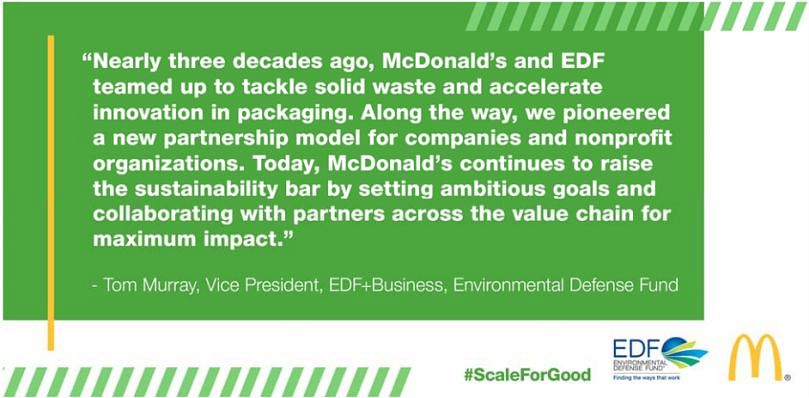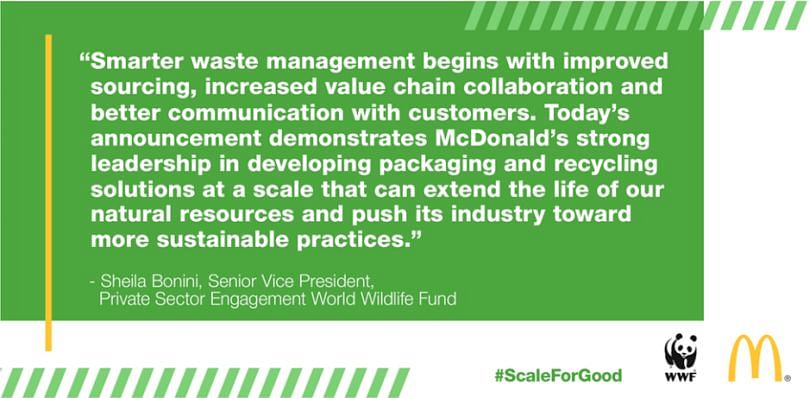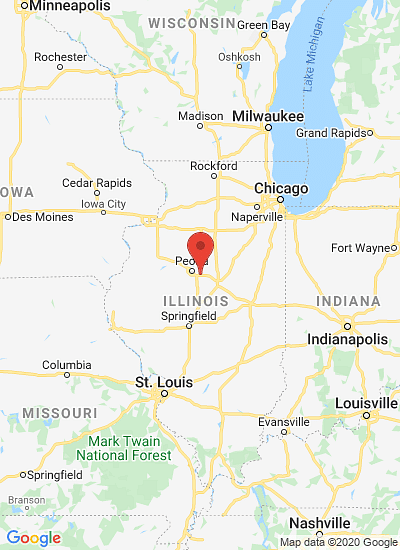McDonald's has redesigned its packaging numerous times. The packaging shown above was introduced in 2016.
Solapas principales
McDonald's to source all Packaging from Renewable, Recycled or Certified sources by 2025

McDonald’s announces goals to improve its packaging and help significantly reduce waste to positively impact the communities the company serves around the world.
By 2025, 100 percent of McDonald’s guest packaging will come from renewable, recycled, or certified sources with a preference for Forest Stewardship Council certification.
Also by 2025, the company has set a goal to recycle guest packaging in 100 percent of McDonald’s restaurants.
McDonald’s understands that recycling infrastructure, regulations and consumer behaviors vary city to city and country to country around the world, but it plans to be part of the solution and help influence powerful change.
This expands upon McDonald’s existing goal that by 2020, 100% of fiber-based packaging will come from recycled or certified sources where no deforestation occurs.
Francesca DeBiase, McDonald’s Chief Supply Chain and Sustainability Officer:
“As the world’s largest restaurant company, we have a responsibility to use our scale for good to make changes that will have a meaningful impact across the globe.”To reach these goals, McDonald’s will work with leading industry experts, local governments and environmental associations, to improve packaging and recycling practices.
“Our customers have told us that packaging waste is the top environmental issue they would like us to address.”
“Our ambition is to make changes our customers want and to use less packaging, sourced responsibly and designed to be taken care of after use, working at and beyond our restaurants to increase recycling and help create cleaner communities.”
Together they will work to drive smarter packaging designs, implement new recycling programs, establish new measurement programs and educate restaurant crew and customers.

“McDonald’s global preference for Forest Stewardship Council (FSC) certified materials demonstrates their far-reaching commitment to source packaging that benefits people and forests around the world.”
“The partnership between McDonald’s and FSC – the world’s most trusted certification of forests and forest products – also creates a uniquely powerful opportunity for McDonald’s to engage customers about simple ways to protect forests.”

The initiative eliminated more than 300 million pounds of packaging, recycled 1 million tons of corrugated boxes and reduced waste by 30 percent in the decade following the partnership. In 2014, the company joined WWF’s Global Forest & Trade Network program and set its fiber sourcing targets, including FSC preference for packaging made from wood fiber.
Currently, 50 percent of McDonald’s customer packaging comes from renewable, recycled or certified sources and 64 percent of fiber-based packaging comes from certified or recycled sources. Also, an estimated 10 percent of McDonald’s restaurants globally are recycling customer packaging.
Francesca DeBiase:
“We look forward to doing more and continuing to raise the bar on what it means to be a responsible company committed to people and the planet.”











